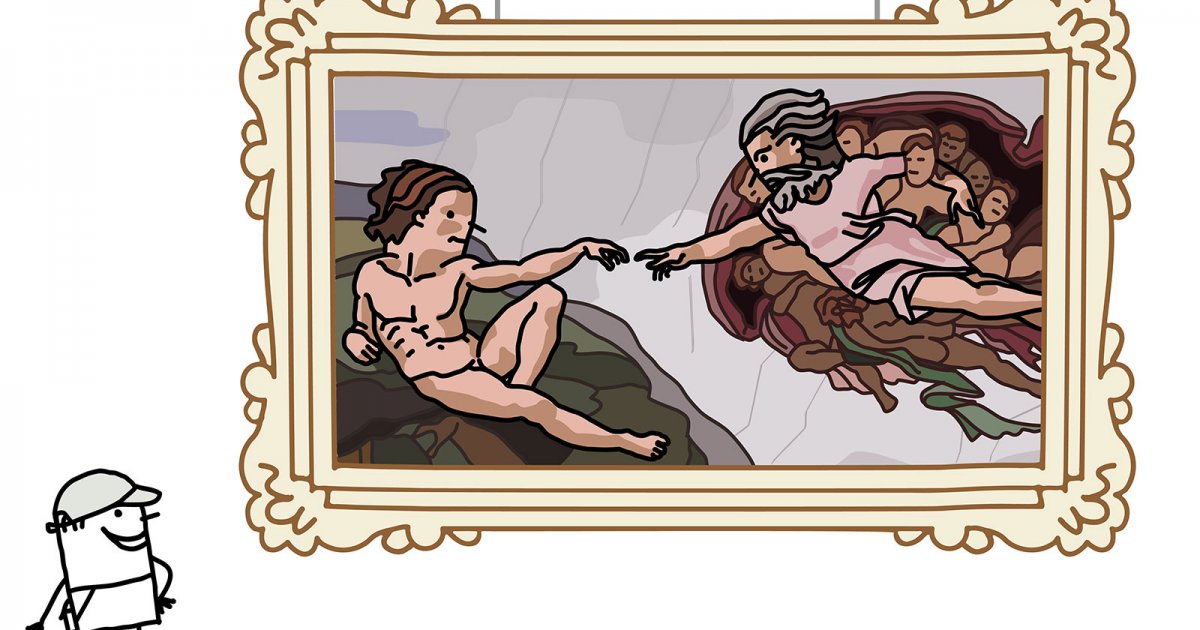SISTINE CHAPEL, Last Judgment - Presentation
 Language: English / USA
Language: English / USA
Michelangelo's "Second Act" at the Sistine Chapel began more than twenty years later, after Rome had been plundered by German mercenary soldiers, the fearsome "Lanzichenecchi", at a time when the Protestant Reformation began to put the Pope's power in crisis.
Michelangelo designed an immense Last Judgment for the wall above the chapel's altar for Pope Clement VII Medici. After several tests, Michelangelo made the radical decision to break down the wall, and Perugino's frescoes along with it, so that he could rebuild the wall and give it a slight curvature. Meanwhile, the pope died and Paul III Farnese was elected in his place.
When he started the work on the Sistine Chapel's new back wall, Michelangelo was sixty-two years old and was a disillusioned and bitter man - far different from the rebellious and passionate young man who had painted the ceiling frescoes.
When the wall with the Last Judgment was inaugurated, it immediately became one of the most upsetting and controversial works in art history.
The fresco shows the events of the day of the Last Judgment, or the end of the earthly world. In a sense, it is the exact opposite of the Creation that was painted by the same artist on the vault: the gesture of Christ the Judge, who separates the blessed from the damned, is very similar to the gesture with which God the Father separates the earth from the waters. Taking prodigious liberty over traditional canons and supported by incredible and passionate experience, Michelangelo presents a scandalous scene animated by over four hundred figures, with Christ in the center over a clear, uniform sky, lacking any depth of time and space.
Above him you can see two groups of wingless angels wearing the symbols of the Passion of Christ. In the center in a semicircle beside Christ you can see several saints, some of whom you can recognize from the instruments used to subject them to martyrdom. Below you can see the struggle between the angels and demons, who are trying to tear their souls away. In the lowest part just above the level of the altar, you can see the resurrection of bodies on the left, with skeletons covered with flesh, and the entrance to hell on the right.
FUN FACT: after the Pope's master of ceremonies was scandalized by the naked figures in the Last Judgment, Michelangelo depicted him as Minos, the judge of Hell. He went to complain to the pope, but the pope replied that hell was out of his jurisdiction, so the portrait would stay where it was!



